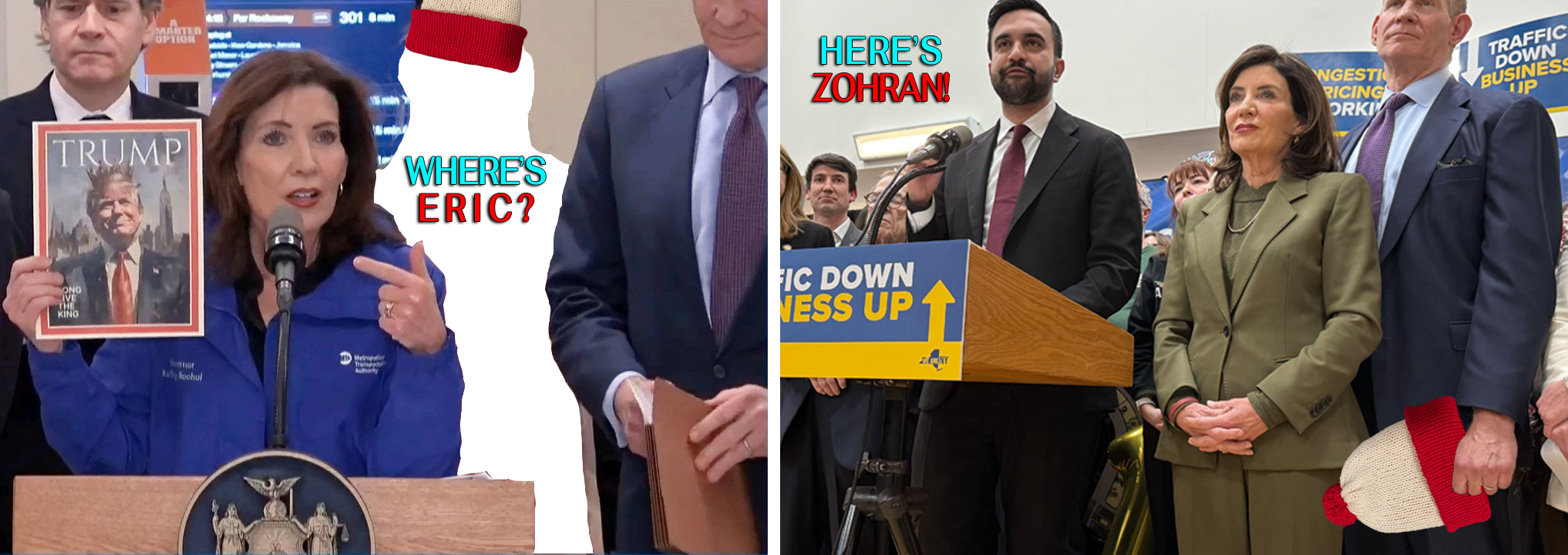Fast-growing Texas cities have an enormous traffic problem -- that much isn't in dispute. But the response has been myopic: pouring more and more money into widening highways. Even the road engineers at the Texas Transportation Institute recently acknowledged there's no way these cities can fund and build highway lanes fast enough to keep pace with population growth. That's in no small part because widening and expanding highways fuels sprawl that induces more car trips, TTI acknowledged.

Jay Crossley at Houston Tomorrow crunched the numbers after the infamous Katy Freeway widening. U.S. Representative John Culberson recently bragged in Congress about how this $2.8 billion expansion "from eight lanes to 23 lanes" has resulted in "moving more cars in less time, more savings to taxpayers than any other transportation project in the history of Houston."
In fact, reports Crossley, all that money seems to be doing a great job of generating more traffic:
Houston commutes continue to get worse despite billions in spending on new road capacity. Traveling from Downtown outbound on the I-10 Katy Freeway to Pin Oak took 51% more time in 2014 than in 2011, according to Houston Tomorrow analysis of Houston Transtar data. The Houston region in recent years has been spending the most per capita on new roads of the ten largest metropolitan regions in the nation.
In 2014, during peak rush hour, it took 70 minutes, 27 seconds to travel from Downtown, past Beltway 8, all the way to Pin Oak, just past the Katy Mills Mall. In 2011, this same trip took 46 minutes, 53 seconds.
The addition of single occupant vehicle capacity (SOV) and toll lanes to Katy Freeway completed in 2010 cost $2.8 billion. This was $1.63 billion more than the original 2001 price tag of $1.17 billion, according to the Federal Highway Administration.
To the north, this is why Patrick Kennedy at D Magazine has been arguing that Dallas must shift course, invest in creating walkable places and options other than driving. So far, the message has not sunk in at the state legislature. But it is beginning to make headway in Dallas.
Elsewhere on the Network today: Greater Greater Washington writes that incomes are rising in DC, but not for the people who were born there. ATL Urbanist reports that Atlanta is seeking TIGER funding to link its new streetcar to the Beltline project. And Streets.mn shares a classic cartoon about American car culture from Ken Avidor.





